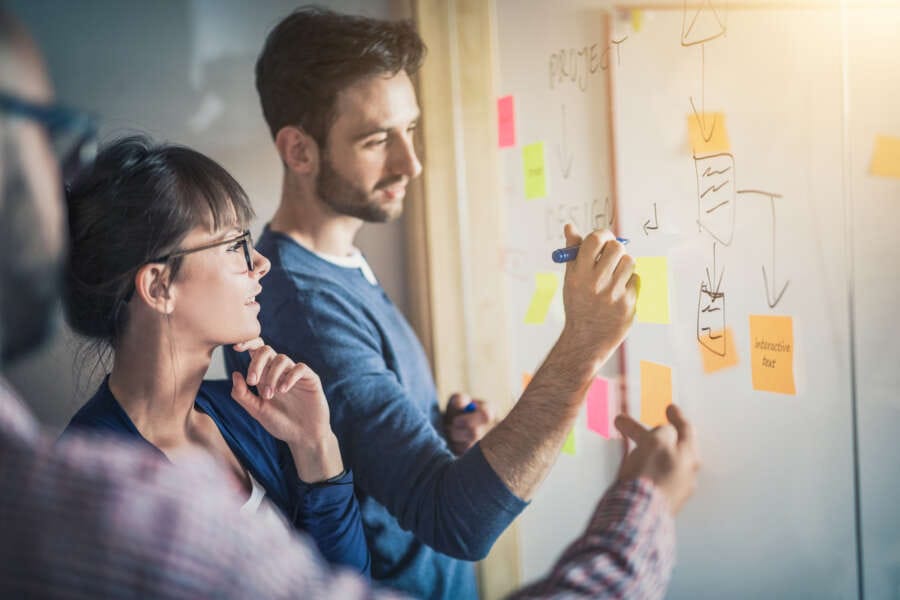
When he was promoting his seminal 1977 album Heroes, David Bowie delivered a promotional aphorism: ‘tomorrow belongs to those who can hear it coming’.
As well as being a trendsetter himself, Bowie was an expert at grasping the importance of prevailing trends. Being able to grasp the meaning of current sentiments as well as shaping them was a dual skill that fed into his longevity and success as an artist through the decades, and that’s something that today’s digitally-powered businesses can learn from.
Conversations in the tech world always, to some extent, revolve around the importance of preparing for the future. There is an imperative from end-users as well as a financial one: consumers want technology to stand the test of time, and employees don’t want to have to learn new software every couple of years. At the same time, companies need to avoid costly change management projects – the result of having to replace technology when it becomes outdated.
Knowing why future-proofing is beneficial is hardly a new concept. After all, Bowie said it – albeit more eloquently – almost 50 years ago. Knowing how to do it in practice is a different matter.
What does future-proofing actually mean?
Beyond the obvious definition of future-proofing as the act of preparing a business for the days, months and years to come, there are other crucial aspects to consider.
When it comes to enterprise software, future-proofed businesses are those that are in sync with the buyer, user and customer. It requires a deep understanding not just of how your software is being used today, but also of how that use case will evolve as the market does, and baking in the ability to continuously innovate and adapt to those evolutions.
We can already see examples of this adaptation in the everyday. Smartphones push automatic updates to users in the form of security patches and bug fixes, helping to future-proof people’s phones against the latest vulnerabilities and optimize the user experience on an ongoing basis.
And then there was the pandemic. Businesses had no way to predict an almost instant shift in working practices, and when that disruption came, they relied heavily on their technology to help them transform and adapt, leveraging remote working tools and cloud environments.
How businesses can approach continuous innovation successfully
Heeding the warnings of the recent past is key to grasping the future. Software leaders must seek to understand their solutions by gaining a clear picture of the problems they are solving today and how they might change in the future. On a more practical and logistical level, this means using technology that is composable, meaning that its components are interchangeable and can therefore be changed or upgraded without negatively impacting the overall system.
The iterative modernization that composability allows for, together with an open architecture that enables extensibility through the use of APIs, promotes flexibility, scalability, security, and continuous improvement as the market context evolves.
Some examples of how you can future-proof your software include:
- Continuous release cycles that push new innovations to customers on an ongoing basis
- Building fully scalable and composable platforms to improve and augment front- and back-end tech stacks – optimizing both the employee and the customer experience.
Marrying these two tactics can be thought of as the total experience (TX) approach, a business strategy, as defined by Gartner, that creates superior shared experiences by weaving together four disciplines – employee experience (EX), customer experience (CX), user experience (UX) and multi-experience (MX) – across multiple touchpoints to accelerate growth.
The benefits of getting future-proofing right
A total experience approach to future-proofing can deliver numerous benefits. Not only can it improve organizational understanding of how software is used across the value chain, but it can also help to increase the lifespan of that software.
Doing this, of course, means that businesses avoid the costly and frustrating process of ripping and replacing technology. This is a net positive contribution to the bottom line, but also to employee satisfaction, as it eliminates the need for them to orientate to new software and systems every few months or years.
On the customer side, future-proofing ensures companies can stay at the cutting edge of user experience delivery, in line with evolving market trends. As mentioned before, it is also crucial to maintain a continuously optimized security posture, which is vital as data privacy becomes more heavily regulated with each passing year.
All of this combined ensures a better return on any software investments, by reducing the cost to serve, improving employee retention and productivity, and increasing customer satisfaction.
We might not be able to hear the future coming, as Bowie put it. But as another British icon, Alan Turing said “We can only see a short distance ahead, but we can see plenty there that needs to be done”.
And it’s clear that businesses need to build in both agility and resilience as characteristics that will be crucial to success, whatever may come to pass.


